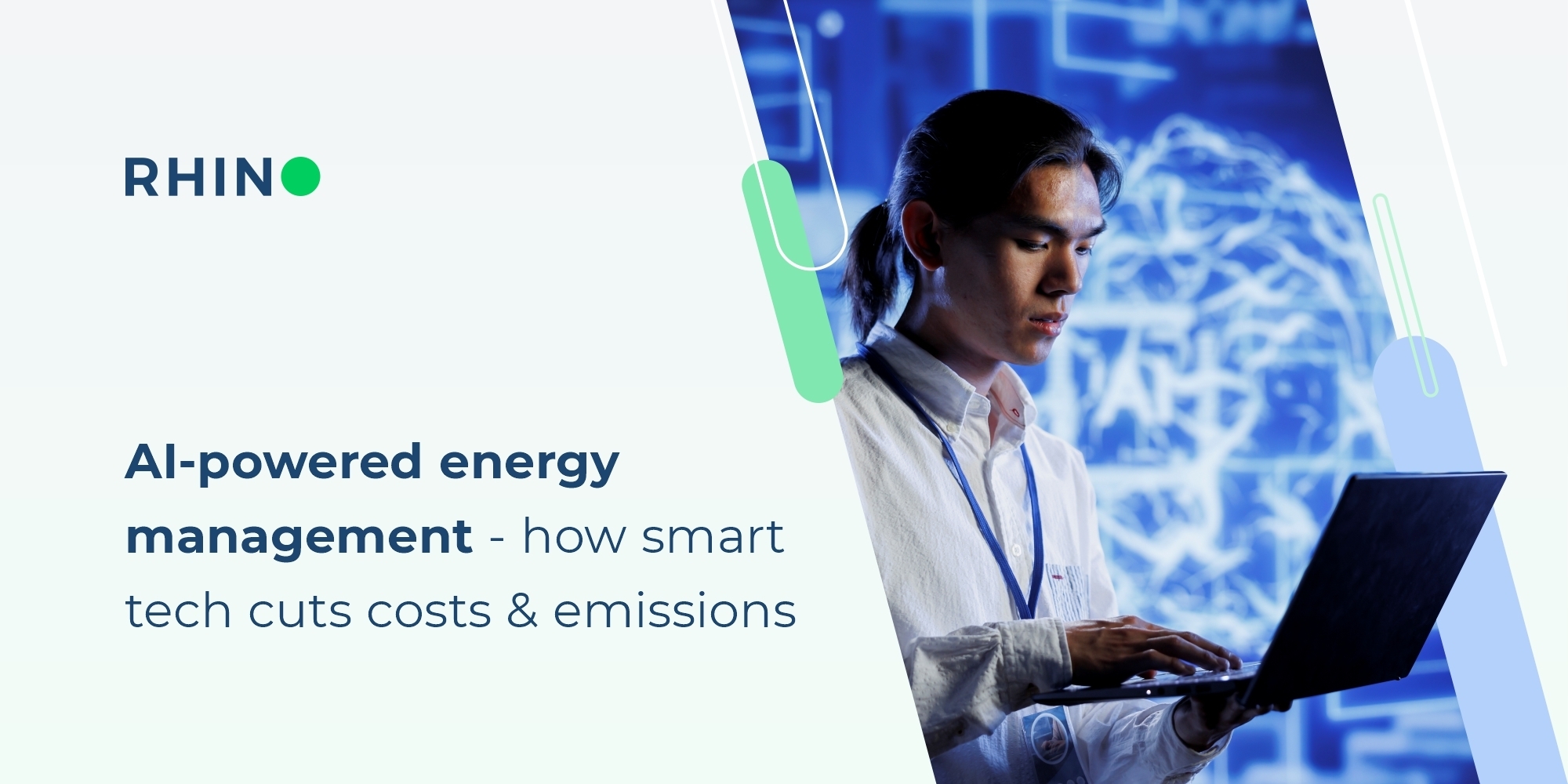
Bridging the Data Gap in Commercial Real Estate: The Key to Unlocking Operational Excellence

The Challenge of Gathering and Centralizing Utility Consumption Data for a Sustainable Future
In commercial real estate, there's growing pressure to manage buildings more efficiently, whether that’s reducing energy waste, streamlining operations, or staying ahead of regulatory expectations. Yet, many real estate firms still operate with incomplete or delayed utility data, making it hard to act decisively.
This “data gap” doesn’t just hinder sustainability efforts; it directly impacts operational performance and compliance. To achieve true operational excellence, real-time, reliable utility data is no longer a nice-to-have. It's essential.
Global Certifications and the Importance of Utility Consumption Data
There are numerous green building certifications worldwide, and global corporations need to take into account these different standards depending on their regional operations. Here is an overview of some of the most notable certifications:
- LEED (Leadership in Energy and Environmental Design): Widely recognized and used in the United States, developed by the U.S. Green Building Council (USGBC).
- BREEAM (Building Research Establishment Environmental Assessment Method): Originating in the United Kingdom and widely used in Europe.
- Green Star: Developed by the Green Building Council of Australia (GBCA), used primarily in Australia.
- DGNB (German Sustainable Building Council): A comprehensive green building certification system in Germany.
- HQE (High Environmental Quality): A French green building certification system.
Despite the differences in these certification systems, they all share a common requirement: the need for accurate data on utility consumption. This data is crucial for assessing a building's energy and water efficiency, which is a key component of these certifications. Utility consumption data serves as a base element for evaluating the environmental performance of buildings and helps identify areas for improvement.
Utility consumption data serves as a base element for evaluating the environmental performance of buildings and helps identify areas for improvement. In addition to the importance of utility data for certifications, there is a growing trend in legislation that mandates companies to report their energy consumption to local governments or requires the installation of sub-meters for more accurate usage tracking. One example of this is LL88 (Local Law 88) in New York City, which requires property owners to upgrade their lighting systems and install tenant sub-meters.
Such legislation aims to drive transparency and encourage building owners to take action toward reducing energy consumption and greenhouse gas emissions. As governments and regulators continue to enact similar laws and policies, the need for accurate and comprehensive utility consumption data becomes even more critical for commercial real estate stakeholders to meet compliance requirements and contribute to a sustainable future.
Now that we know what to do, where do we get the data?
The industry relies on platform solutions to track and manage the environmental performance of real estate assets. These platforms need not only main meter consumption data but also sub-metering details to provide a comprehensive picture of a building's utility usage. Incomplete and inconsistent data can lead to inaccurate analysis and hinder the industry's sustainability goals.
In today's market, numerous platforms and solutions are available to help businesses in their sustainability drive, including ESG Platforms, automated HVAC systems, and green investment opportunities. However, the effectiveness of these solutions is limited without a solid foundation in data collection. Accurate and comprehensive utility consumption data is the cornerstone of these sustainability initiatives, and without it, businesses cannot take truly effective steps toward improving their environmental performance.
The problem is obtaining the correct utility consumption data. Aging buildings and outdated systems, coupled with a mix of legacy systems spread across different countries and protocols, make it an immense challenge to gather reliable data.
So, how to collect that data?
The Solution: Data Aggregation Services
In response to these challenges, data aggregation services have emerged to streamline the process of collecting, normalizing, and centralizing utility consumption data from commercial real estate properties. By focusing on overcoming these obstacles, these services enable asset managers and investors to obtain the necessary data for their preferred platforms.
These innovative companies offer unique solutions by automating the data collection process and integrating it with various platform solutions. This allows asset managers, property managers, and investors to monitor the carbon footprint and health of their portfolios with greater accuracy and ease.
Data-Driven Decision Making: A Sustainable Future
With a solid foundation of accurate and complete utility consumption data, real estate investors and asset managers can make better-informed decisions to improve the environmental performance of their portfolios. ESG reporting and certifications like BREEAM become more meaningful when backed by reliable data.
In addition, such data can also be used to identify energy efficiency opportunities and optimize building operations, ultimately reducing carbon emissions and contributing to a more sustainable future.
For further reading, see this article on the relationship between workplace management and ESG.
Conclusion
The commercial real estate industry's sustainability ambitions are stifled by the challenges in obtaining accurate and comprehensive utility consumption data. Innovative data aggregation services, such as Rhino, are paving the way for a data-driven approach to tackle these challenges, helping the industry make informed decisions that lead to a greener, more sustainable future.
With the right data at their fingertips, investors and asset managers can not only meet their ESG reporting requirements but also make significant strides in reducing the carbon footprint of their portfolios, ushering in a new era of sustainability in commercial real estate.
For more information, go to www.rhino.energy or book a meeting with us.


